Robotic Dancing Birds
Robotic birds help reveal which aspects of a pair’s coordinated song and dance are most important to an avian audience.

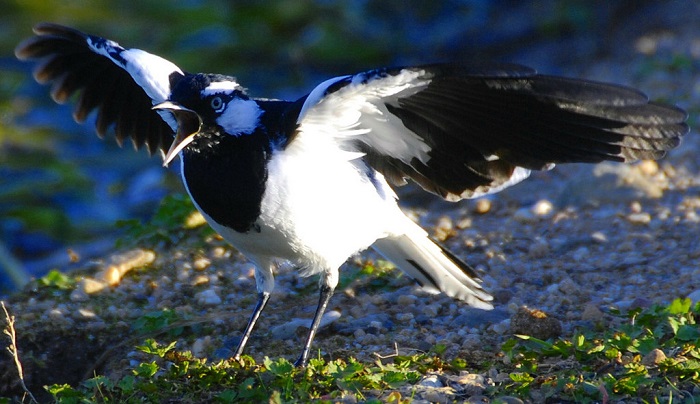
Robotic birds help reveal which aspects of a pair’s coordinated song and dance are most important to an avian audience.

Machine learning algorithms like those used by social media companies can classify dolphin echolocation clicks.
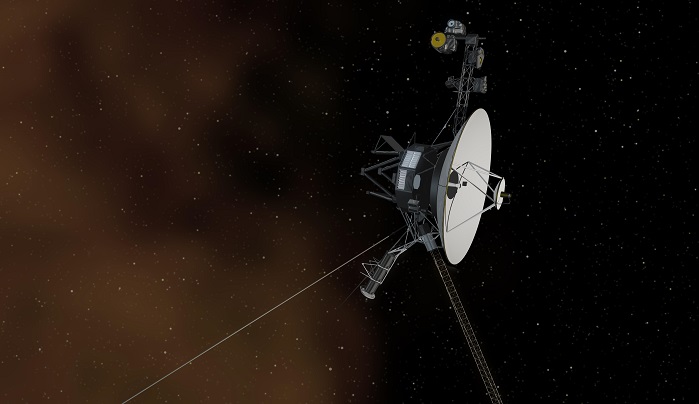
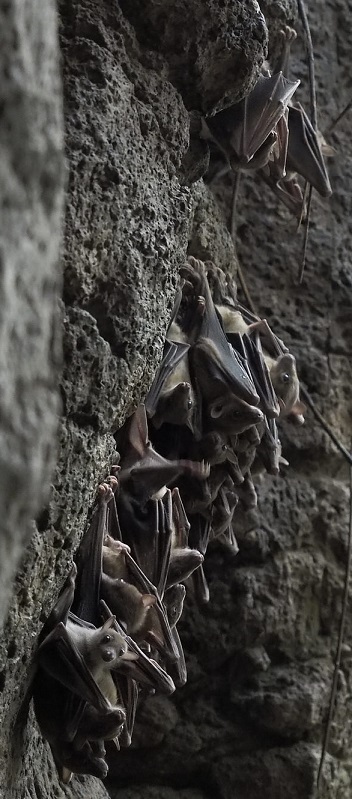
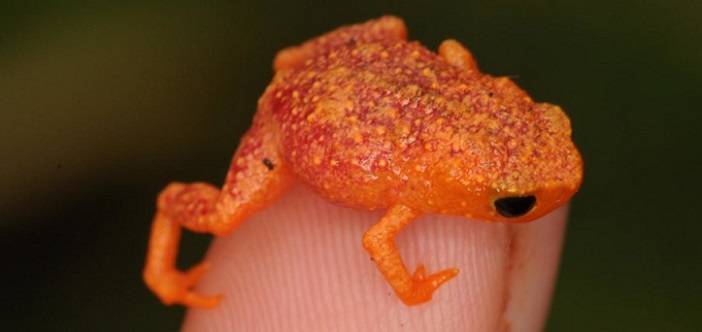
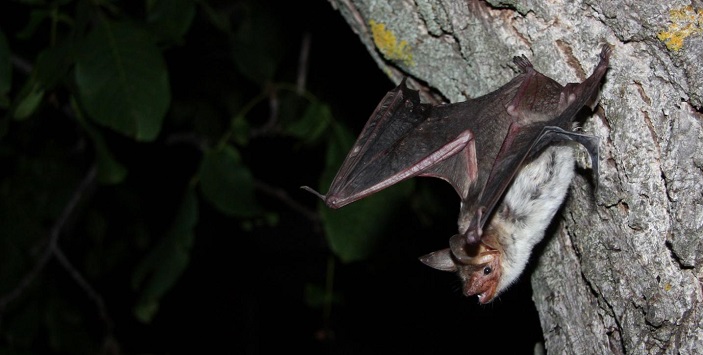
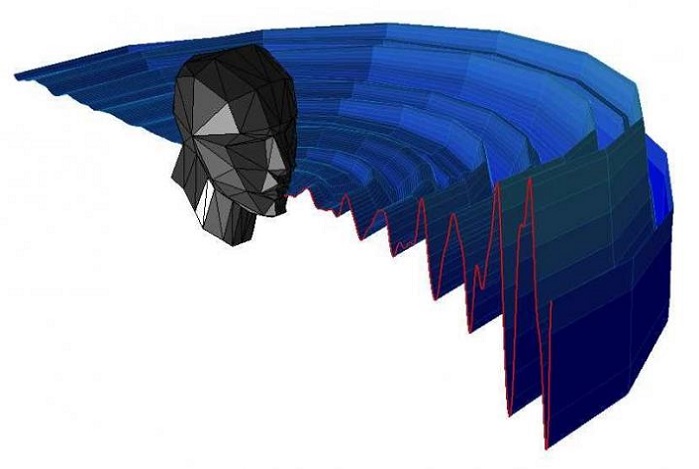
African honeyhunters use a special call to get birds to lead them to the location of hives full of nutritious honey.

Scientists are measuring the acoustic properties of the shockwaves produced as our feet strike the ground as we run, helping to explain why so many runners get injured.
Researchers discover that cockatoos use sticks and seed pods to drum out rhythms on tree limbs.

The loud noises made by spawning croakers could help fisheries manage their sensitive populations in Mexican waters.
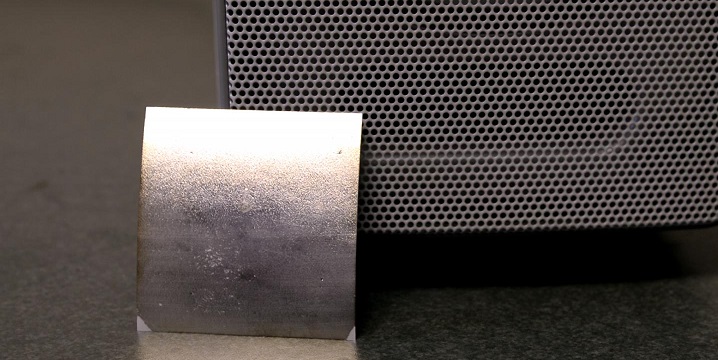
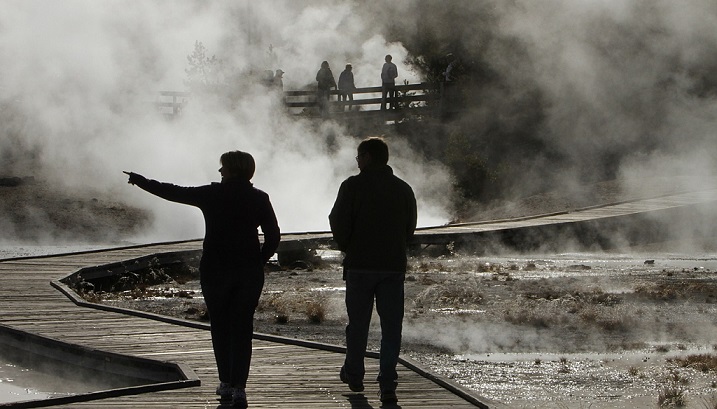
Human-produced noise is adding significantly to the ambience in national parks.
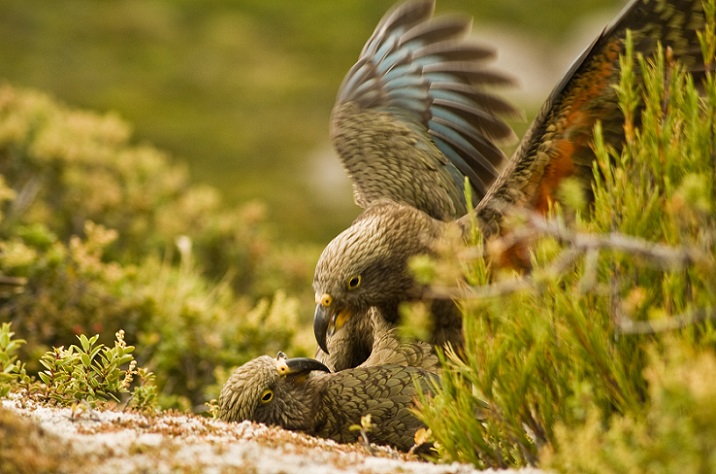
Rare New Zealand parrots start playing spontaneously when they hear certain calls.
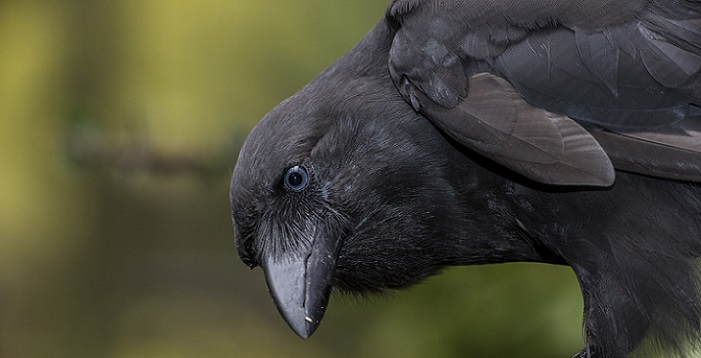
What happens to the calls of an endangered bird species when its only remaining members live in captivity?
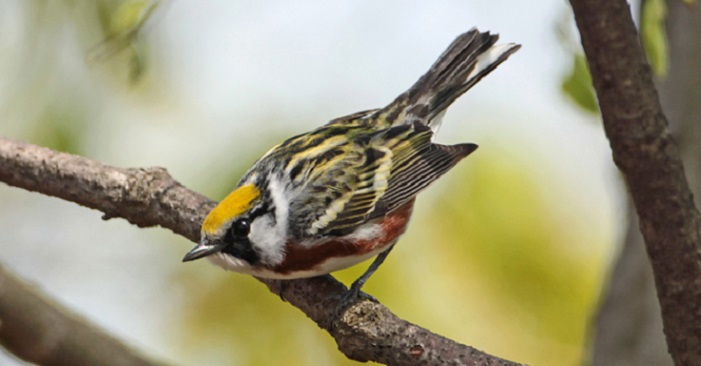
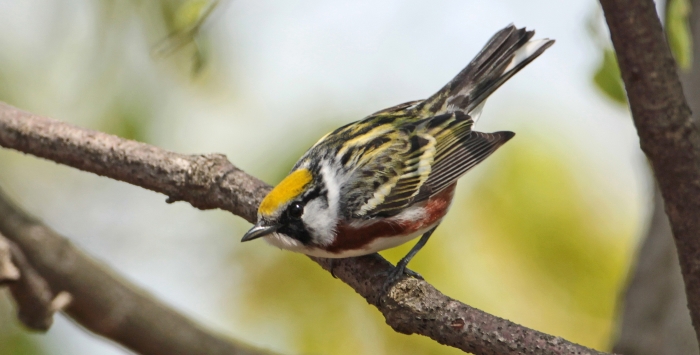
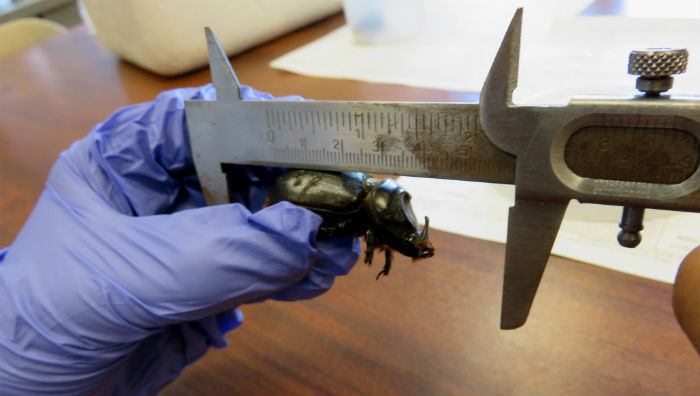
In a race against time, scientists attempt to stop an insect invader by using its own sounds.
The brain architecture for processing sound is the same in deaf people as in hearing people.
